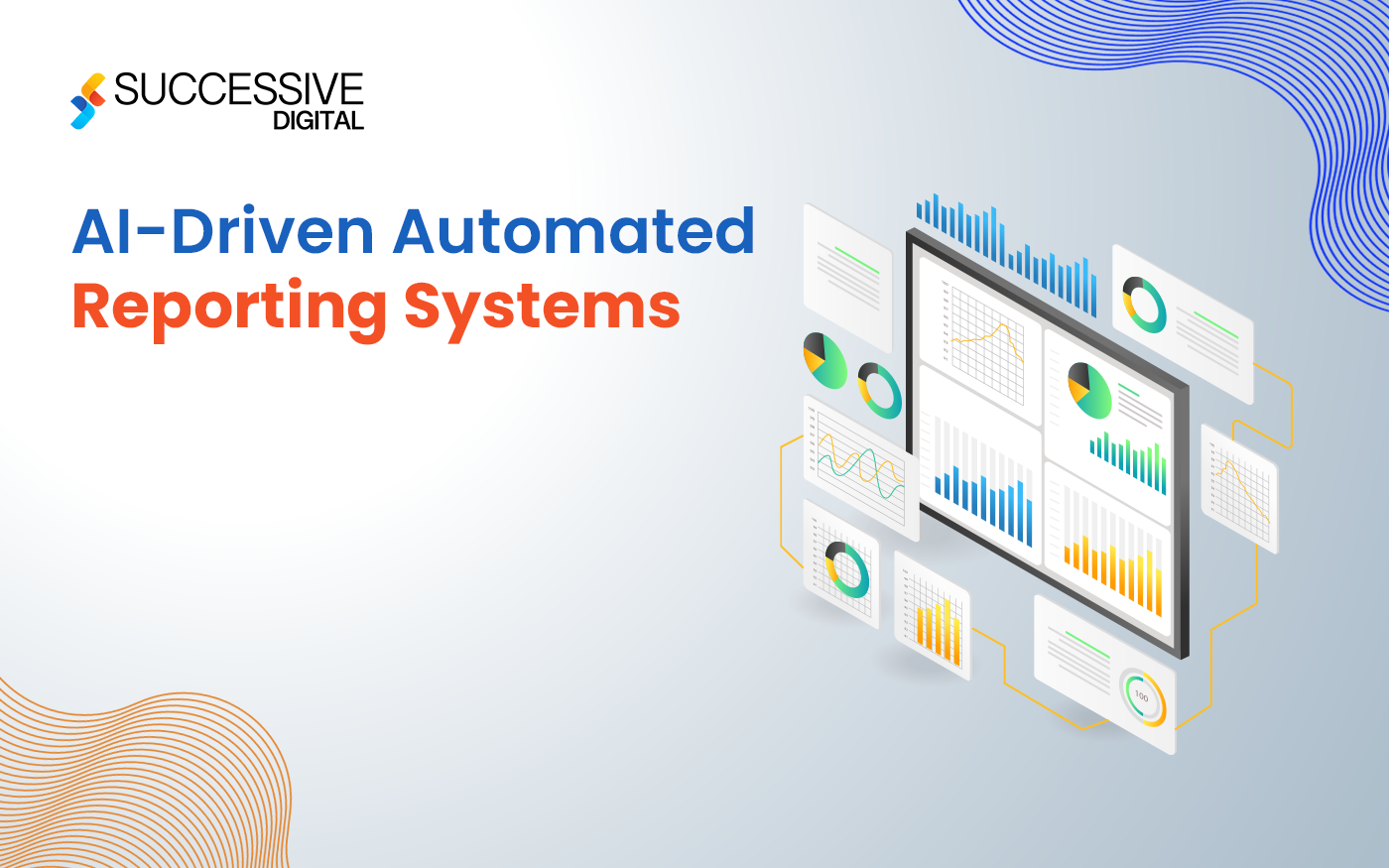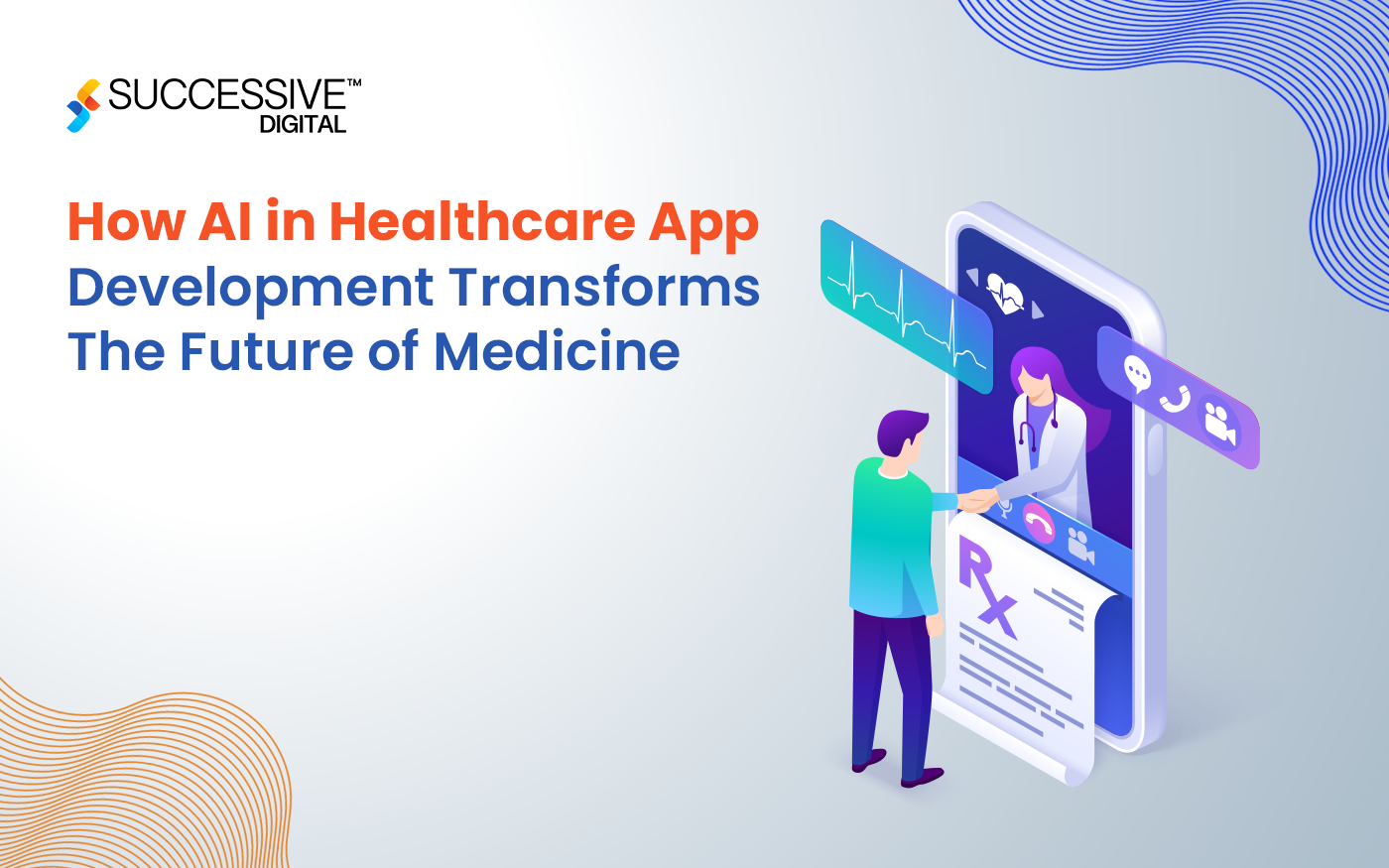Route optimization is vital for transportation and logistics, involving the determination of the most efficient paths for fleet to follow to lower expenses, time, and energy consumption whilst meeting provider constraints. Traditionally, this challenge has been controlled through heuristic algorithms and manual changes, which are regularly needed to attain the most helpful efficiency, mainly in complicated and dynamic environments. The advent of Artificial Intelligence (AI) has added a paradigm shift in this area. AI in logistics, encompassing machine learning (ML), deep learning, and neural networks, can process large amounts of data, learn from historic patterns, and make real-time decisions that were formerly unthinkable.
This technological leap has enabled logistics and transportation companies to improve their operational performance, reduce prices, and scale customer satisfaction. AI for route optimization leverages real-time data from diverse resources, which include visitor updates, climate conditions, and vehicle telematics, constantly to adapt and optimize routes. This ensures multiple benefits of AI in transportation including timely deliveries and complements safety and scalability across entire transportation networks. The integration of AI in route optimization is not only a technological improvement; it represents a sizeable advancement toward smarter, extra green, and efficient global transportation and logistics systems.

Key Benefits of AI-Driven Route Optimization
-
Enhanced Efficiency and Productivity
AI for route optimization algorithms can process massive data sets of information much faster than humans. These algorithms consider real-time traffic conditions, climate forecasts, road closures, and different dynamic elements to generate the most efficient routes. By continuously learning from historical records, AI structures can anticipate and adapt to changing situations, substantially improving logistics efficiency.
-
Cost Reduction
Optimized routes result in decreased fuel consumption and lower operational costs. Route optimization in transportation can decrease unnecessary mileage, lessen idle time, and enhance fleet usage rates. Additionally, businesses can save on energy and vehicle management costs by eliminating delays and averting congested routes, immediately impacting the bottom line.
-
Improved Customer Service
In the logistics area, timely deliveries are crucial for retaining client satisfaction. AI in logistics ensures that transport schedules are continually met by predicting and mitigating delays. Advanced AI systems can also offer clients correct estimated time of arrival (ETAs), improving transparency and brand trust.
-
Scalability
Scalability is one of the prominent benefits of AI in transportation that manage the complexity and scale of modern logistics networks. Whether coping with a small fleet of transport vehicles or a worldwide community of shipping, AI algorithms can optimize routes efficiently. This scalability is helpful for companies experiencing an increase or those operating in numerous geographies.
-
Real-Time Decision Making
Route optimization in transportation systems could make real-time modifications to routes primarily based on current conditions. For example, if a coincidence causes a major site traffic jam, the AI model can reroute vehicle instantly to avoid delays. This adaptability is critical for maintaining smarter and sustainable operations and meeting deadlines of logistics.
-
Enhanced Safety
Safety is a vital subject in transportation. AI in logistics can improve protection by selecting routes that avoid risky areas and high-danger conditions. Moreover, AI systems can reveal driving force conduct, providing feedback and interventions to prevent accidents because of fatigue, distraction, or reckless use.
Real-World Applications of Using AI for Route Optimization
eCommerce and Last-Mile Delivery
E-commerce giants like Amazon and Alibaba have heavily invested in AI for route optimization. These companies manage massive delivery fleet and drone networks, requiring unique path planning for certain well-timed deliveries. AI enables such businesses to reduce delivery times and cost, improving customer experience and competitiveness.
Freight Transportation
Freight groups use AI in logistics to optimize lengthy-haul routes, considering factors such as load weight, fuel efficiency, and regulatory constraints. AI can also help in load planning, ensuring that trucks are filled to capability without violating weight limits. This optimization reduces gas intake and improves normal efficiency.
Public Transportation
Route optimization in transportation systems, including buses and trains, have the advantage of AI-powered route optimization. AI can analyse passenger demand, visitor and congestion conditions to optimize routes and schedules. This results in decreased passenger wait times, improved carrier reliability, and extended ridership.
Ride-Sharing and Autonomous Vehicles
Ride-sharing companies like Uber uses AI to match drivers with passengers correctly, optimizing routes to reduce wait times and travel durations. In the rising field of autonomous vehicles, AI is critical for real-time navigation and decision-making, ensuring secure and efficient transportation.
Technical Aspects of AI in Route Optimization
-
Machine Learning and Predictive Analytics
ML algorithms examine historical statistics to discover styles and developments that can be used to predict future conditions. For instance, AI can expect congestion based on time of day, day of the week, and weather conditions. These predictions allow proactive route-making plans, averting delays earlier than they arise.
-
Deep Learning and Neural Networks
Deep learning, including convolutional neural networks (CNNs) and recurrent neural networks (RNNs), can process complicated record inputs, including images and sequences. In route optimization, deep learning can examine traffic via digital camera feeds, satellite imagery, and historical journey statistics to improve the accuracy of predictions.
-
Reinforcement Learning
Reinforcement learning (RL) involves training an AI agent to make decisions through trial and error, receiving rewards for successful actions. In route optimization, RL can continuously adjust routes based on feedback from past results, allowing for dynamic adaptation to real-world conditions.
Conclusion
AI in logistics has profoundly transformed route optimization in transportation, bringing enormous benefits in performance, financial savings, customer satisfaction, and fleet management. As AI technology continues to develop, its impact on the global transportation and logistics industry is anticipated to scale, in addition to improvements in the way goods and people are transported. The ongoing improvement and adoption of AI in route optimization promise a future of more innovative, green, and reliable transportation structures.












